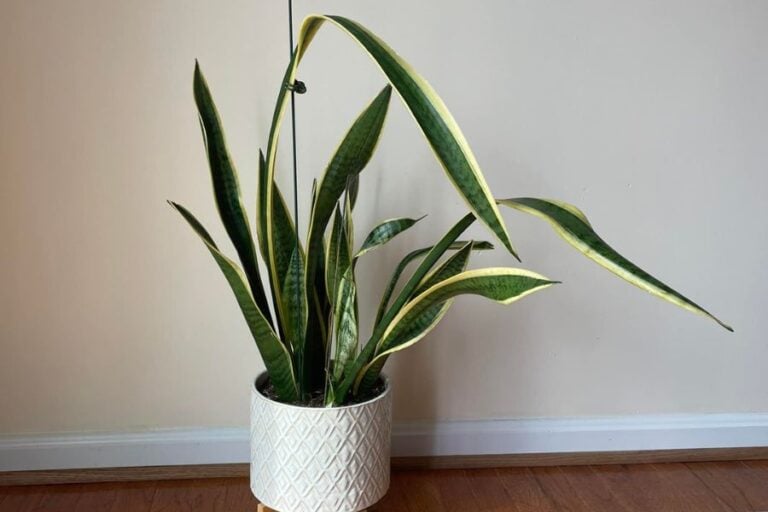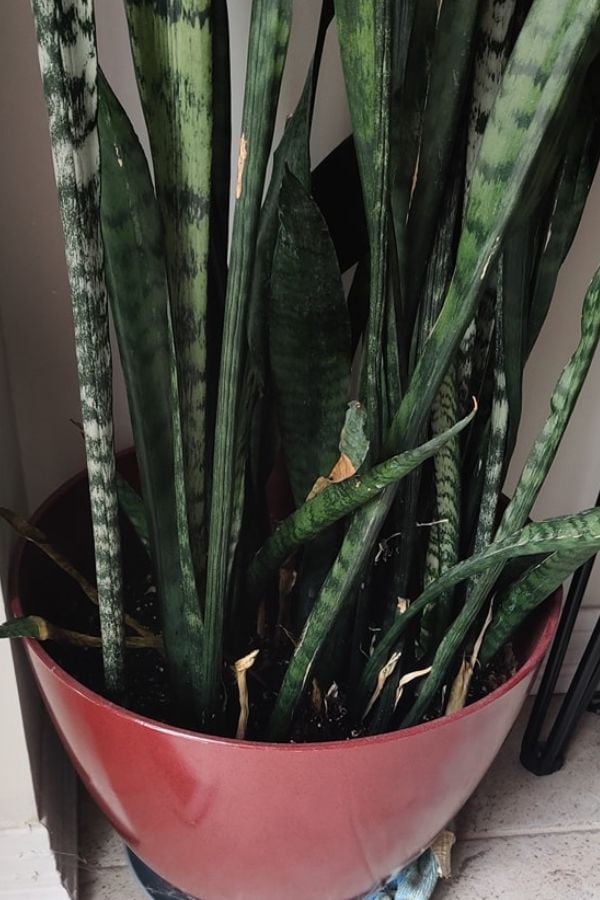Troubleshooting Snake Plant Problems with Photos
The snake plant is a low-maintenance indoor plant that can tolerate less-than-ideal conditions. However, sometimes the plant does get affected by diseases or pests. Understanding the causes and recognizing the symptoms is essential to save time. In our article, I’ll discuss the diseases and pests that can harm your snake plant, how to combat them,…









